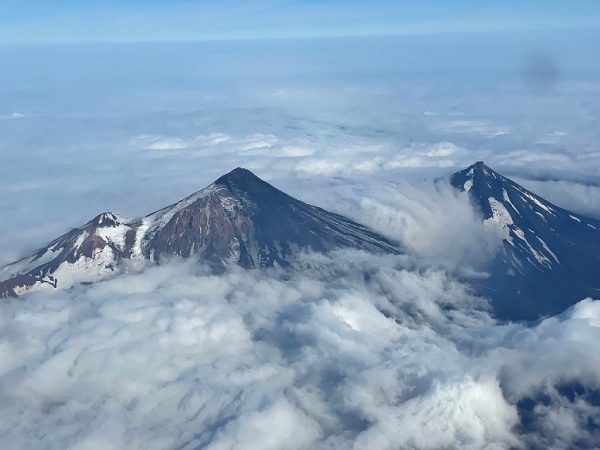
A new automated system of monitoring and classifying persistent vibrations at active volcanoes can eliminate the hours of manual effort needed to document them.
Graduate student researcher Darren Tan at the University of Alaska Fairbanks Geophysical Institute led development of the system, which is based on machine learning. Machine learning is a branch of artificial intelligence focused on building systems that learn from data, identify patterns and make decisions with minimal human intervention.
Details about Tan’s automated system were published June 11 in the journal JGR Solid Earth.
His system documents volcanic tremor, a continuous, rhythmic seismic signal that emanates from a volcano. It often indicates underground movement of magma or gas and occurs regularly at active volcanoes.
Read more at: University of Alaska Fairbanks
Photo Credit: Ben David Jacob
>> Read the Full Article

 ENN
Environmental News Network -- Know Your Environment
ENN
Environmental News Network -- Know Your Environment